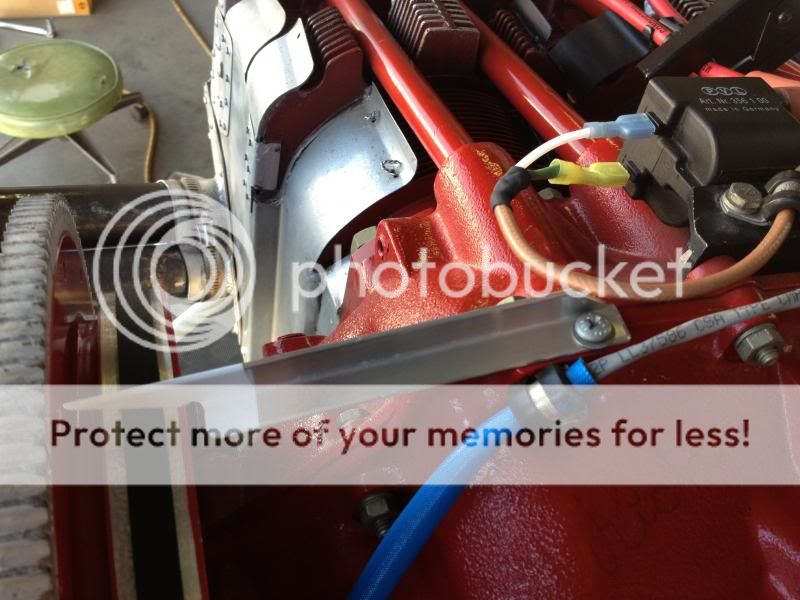I'd like to do a timing test on my mag and on my Light Speed Plasma II+ Hall Effect Electronic Ignition. I've never done a timing test on either before.
I found a good video showing how to do the timing test for the mag. I've read through the instructions provided by Light Speed for doing the test on the Light Speed, but some parts of it aren't really clear to me. For example, they say to "start the engine" and then "referencing the split line of the case and your pointer, make a written note of the actual ignition timing as seen with the timing light". I don't get this at all. How am I supposed to see any of the markings on the flywheel with the engine running?
The video I saw for timing the mag showed the procedure being done by turning the prop slowly by hand and waiting for a test light to illuminate. The engine was not run. Why can't the test be done this way for the Electronic Ignition?
Does anybody know of a thread or site that has a good detailed explanation on how to do the test and timing adjustments for the Plasma II+?
I found a good video showing how to do the timing test for the mag. I've read through the instructions provided by Light Speed for doing the test on the Light Speed, but some parts of it aren't really clear to me. For example, they say to "start the engine" and then "referencing the split line of the case and your pointer, make a written note of the actual ignition timing as seen with the timing light". I don't get this at all. How am I supposed to see any of the markings on the flywheel with the engine running?
The video I saw for timing the mag showed the procedure being done by turning the prop slowly by hand and waiting for a test light to illuminate. The engine was not run. Why can't the test be done this way for the Electronic Ignition?
Does anybody know of a thread or site that has a good detailed explanation on how to do the test and timing adjustments for the Plasma II+?





